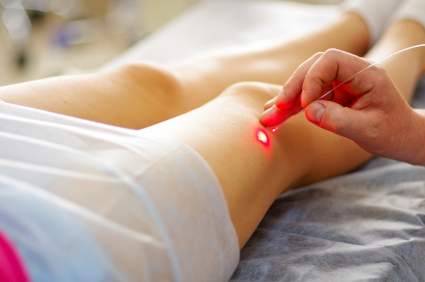Vein Stripping – The Purpose, Procedure, and Risk

Varicose veins can be painful, noticeable veins that may be twisting and bulging in the legs. While treatments like elevating the legs and wearing compression stockings can help you reduce symptoms of varicose veins, some people’s veins may not respond to these self-care measures. When this occurs, our doctors may recommend treatments for noticeable and/or painful veins. One option is vein stripping. However, this is an invasive vein treatment. Many clinics offer non-invasive vein treatment alternatives to this procedure.

Vein stripping is a procedure performed at a hospital or outpatient surgery center that involves removing the problematic superficial saphenous vein present in the leg that typically causes varicose veins. The procedure is performed under either general anesthesia (where you are asleep during the procedure) or spinal anesthesia (where you are numb in the lower part of your body).
Vein stripping works by making two to three incisions in your leg. Usually, the first and second incisions are at the top and bottom of your vein. Another may be added somewhere in the middle of your vein.
The surgeon will use a specialized wire in the top incision, which is usually in your groin. He or she continues to thread the wire down toward your foot. The wire is used to “tie” the vein and then remove it from the lower incision. If needed, your surgeon can also tie off any other veins that are problematic. Stitches are then used to close the incision.
Vein stripping can be an effective and safe procedure. However, it is an invasive procedure that requires anesthesia. Any time a doctor must make surgical incisions, there are risks involved. Examples of these risks include:
• Allergic reactions to medications given
• Bleeding during the procedure or post-operatively
• Breathing difficulties
• Bruising and pain post-procedure
• Injury to your nerves and/or surrounding tissues
• Scarring
As with any procedure, there is also a risk that the treatment won’t work.
Due to the availability of new procedures to eradicate varicose veins that aren’t invasive procedures, vein stripping is performed less frequently. Before you undergo a surgical procedure, it’s important to try non-invasive treatment options to see if they could improve your varicose veins with fewer risks to your health.
